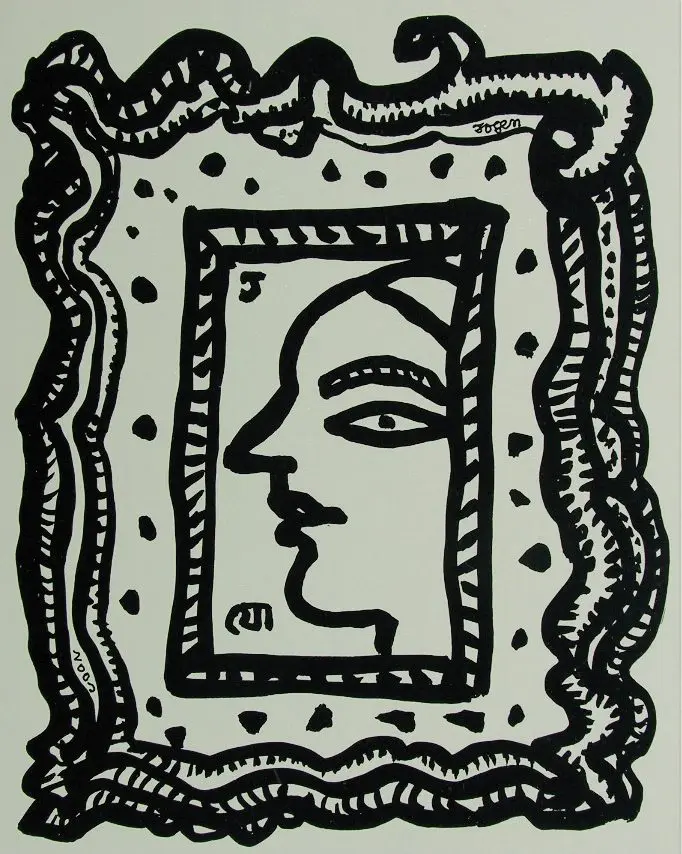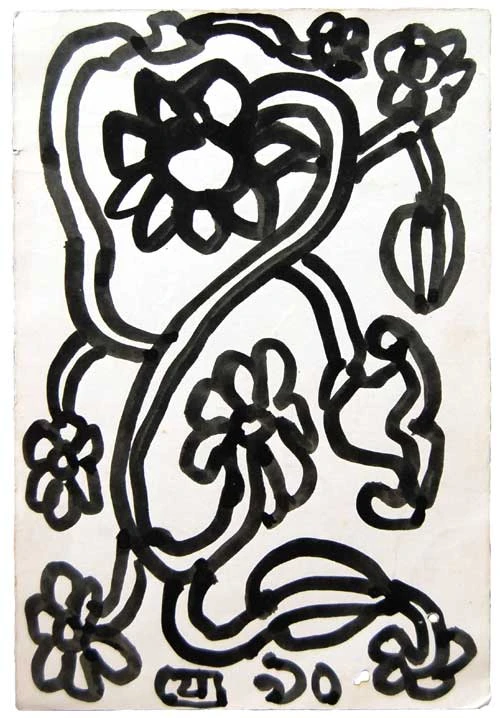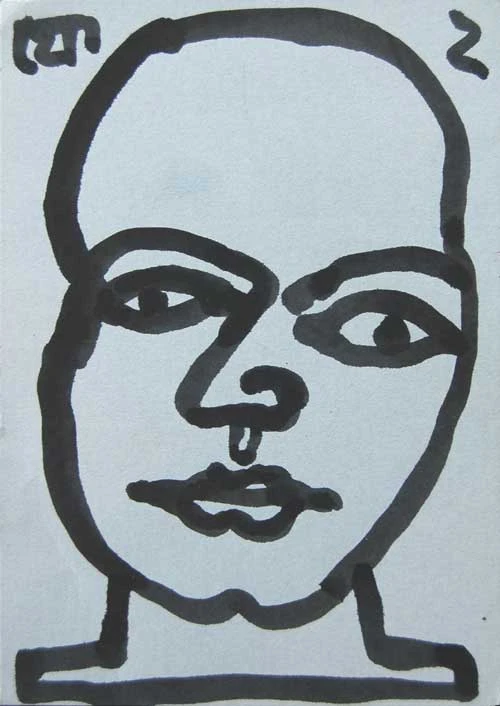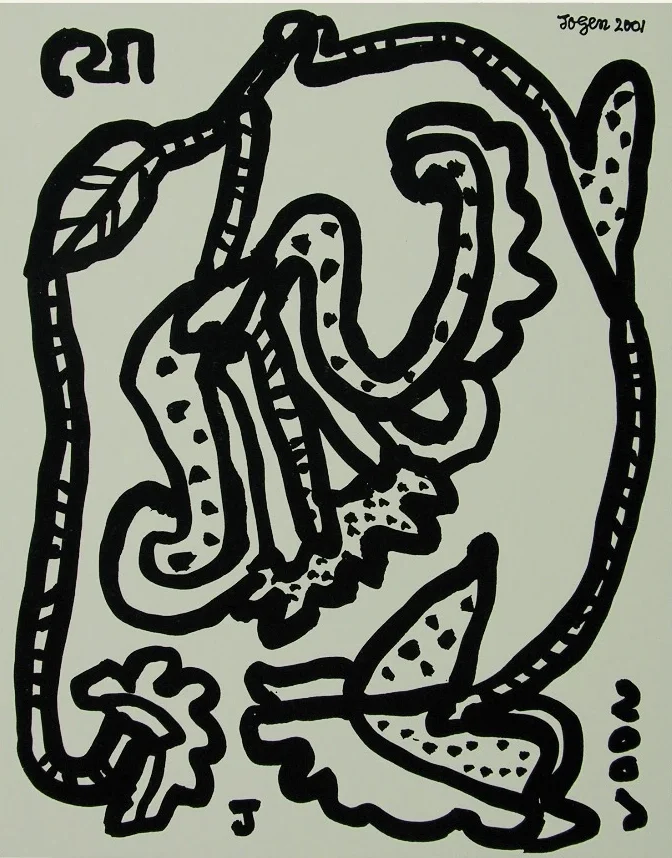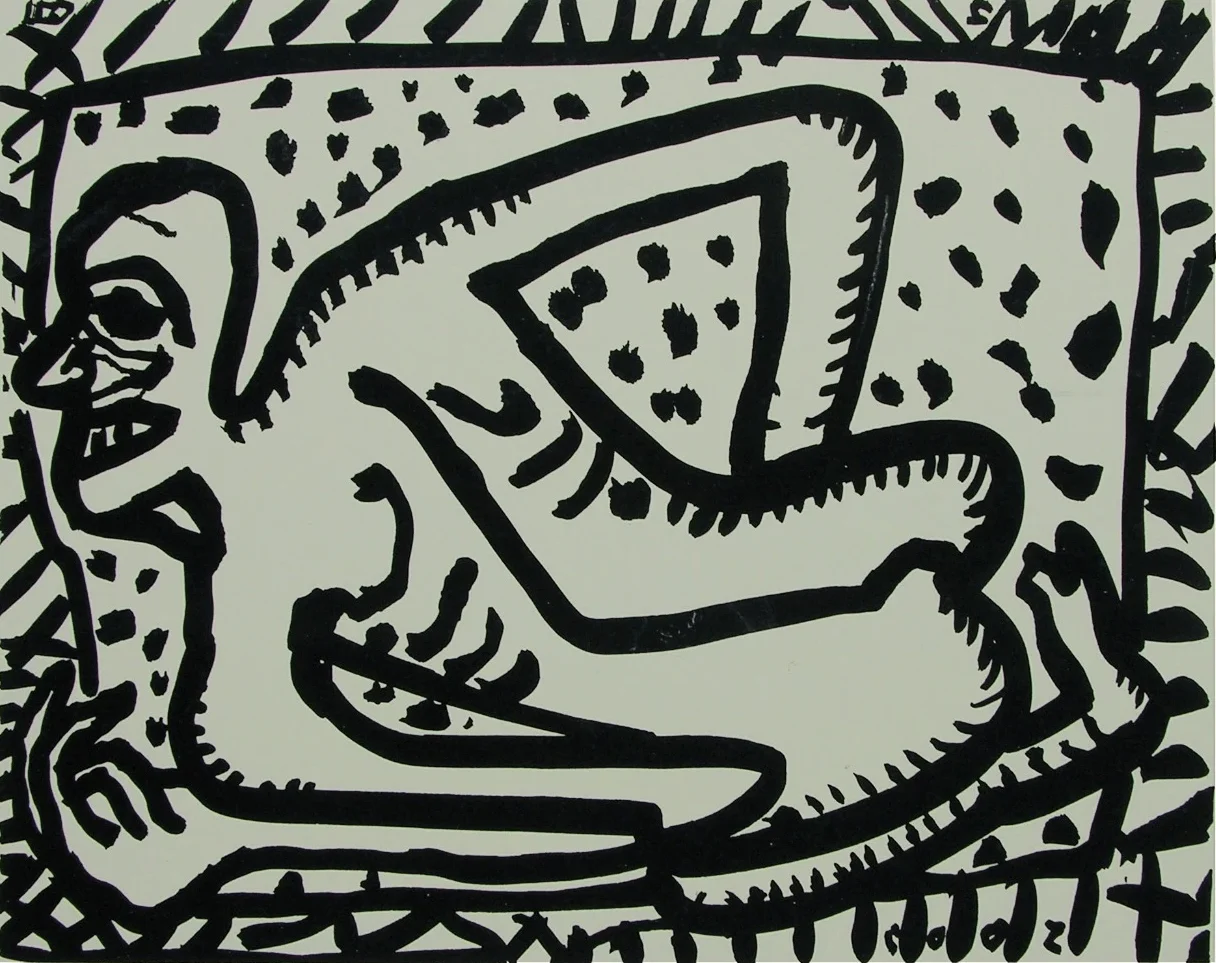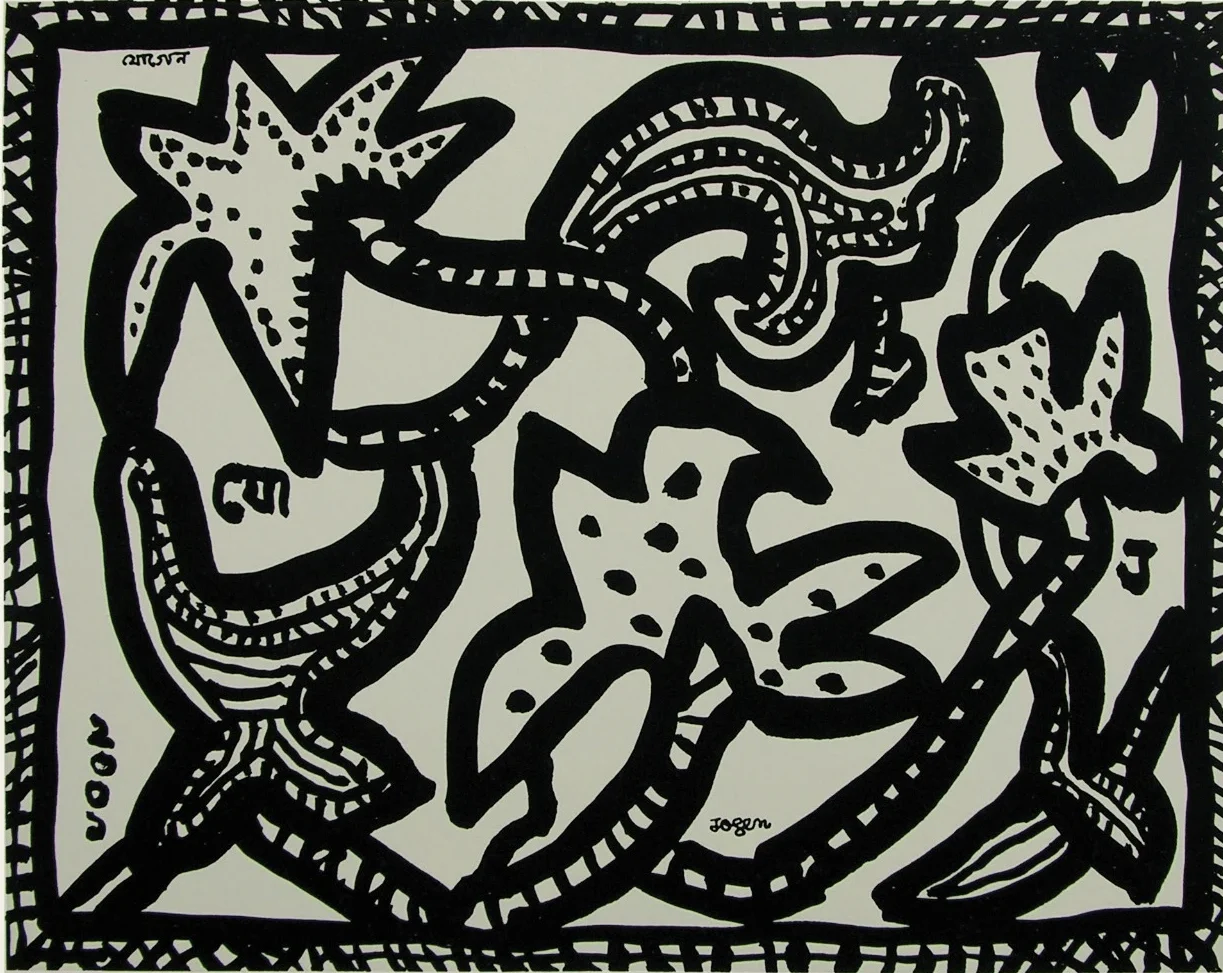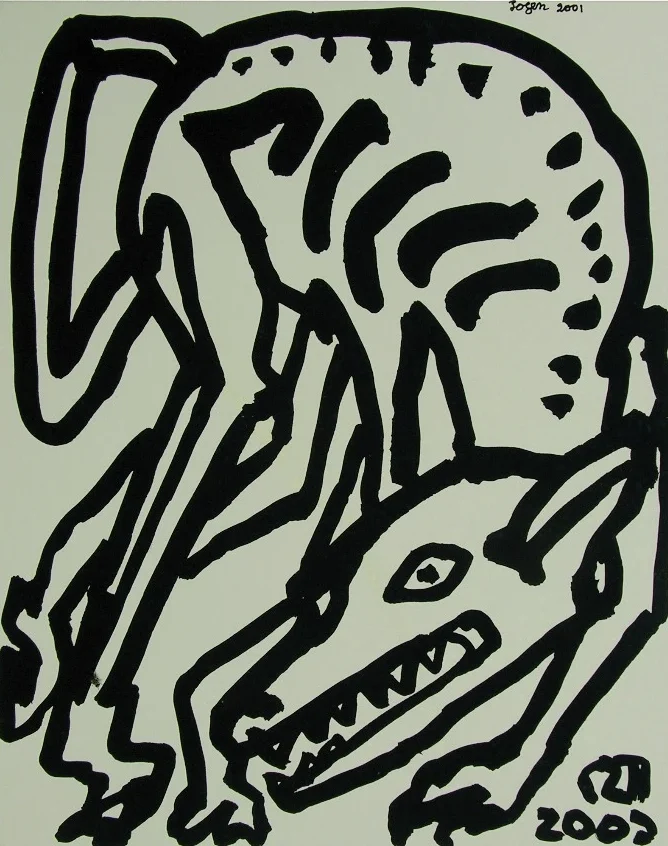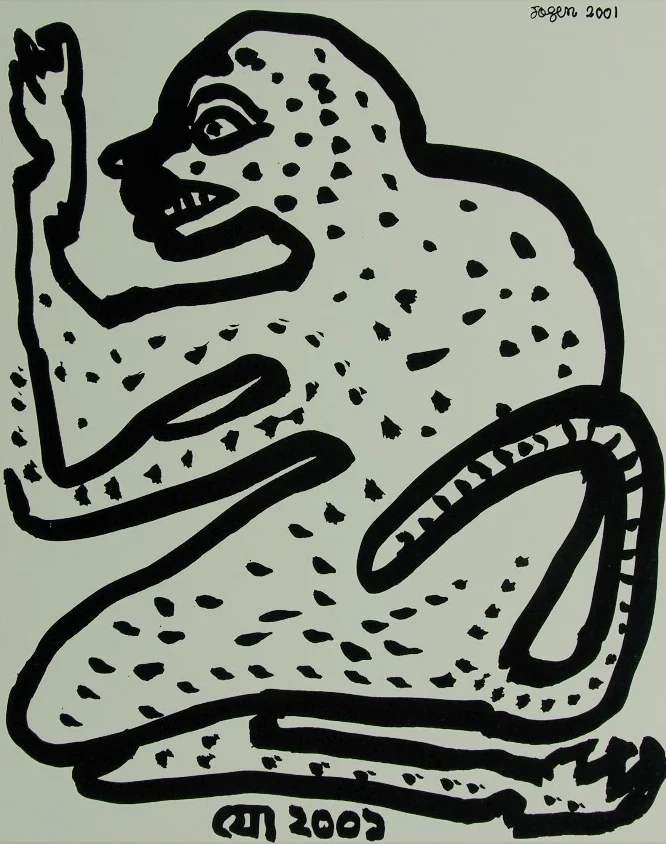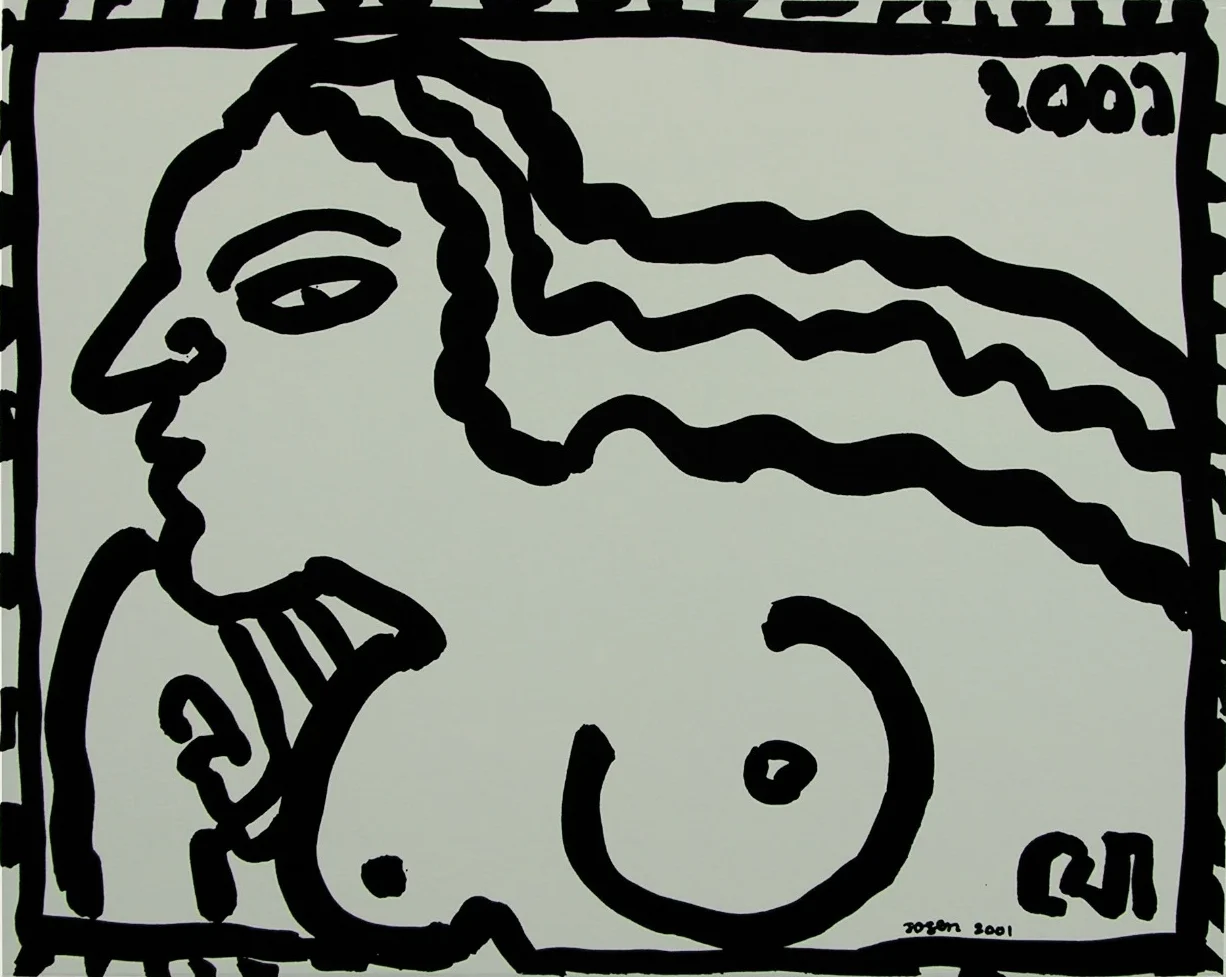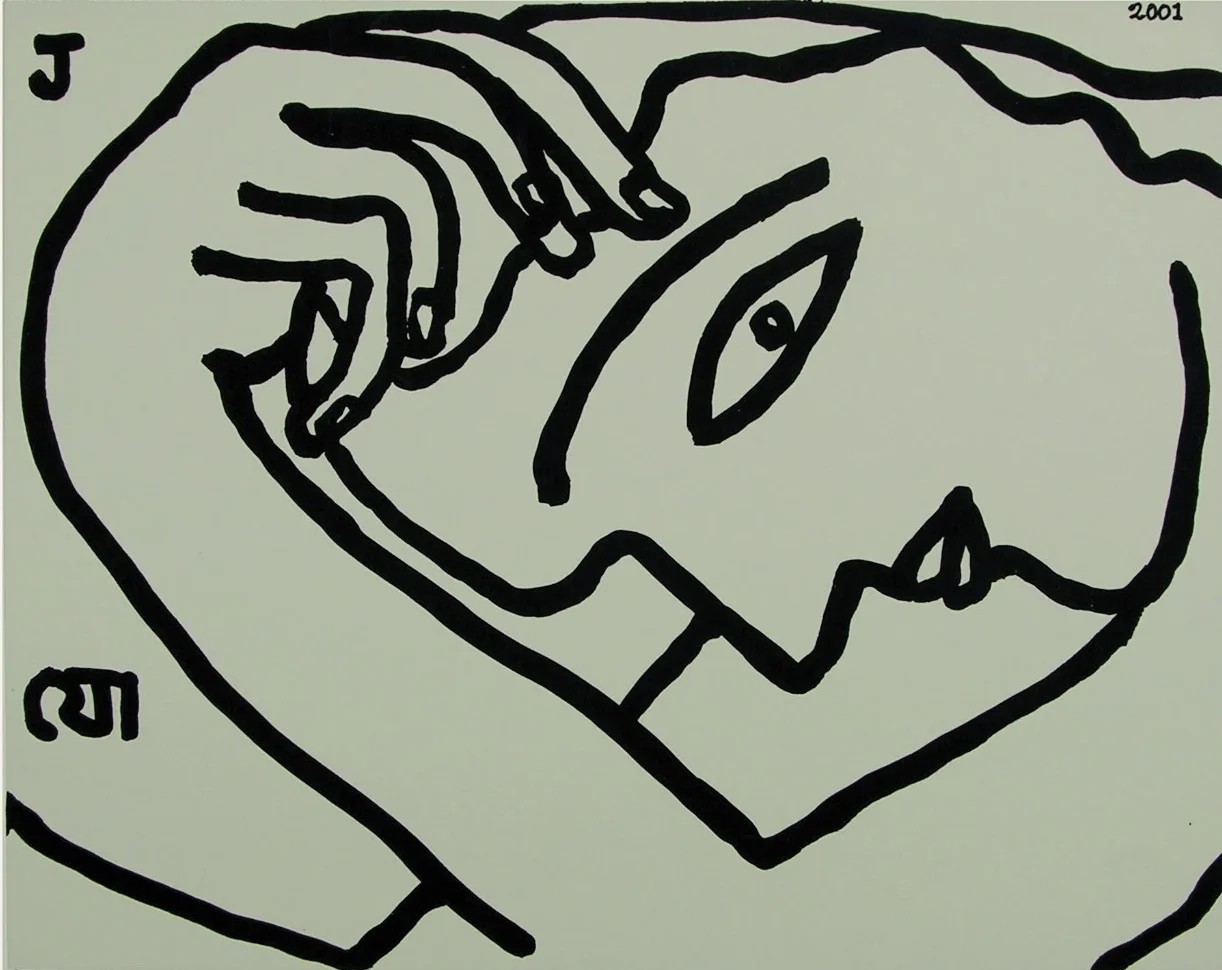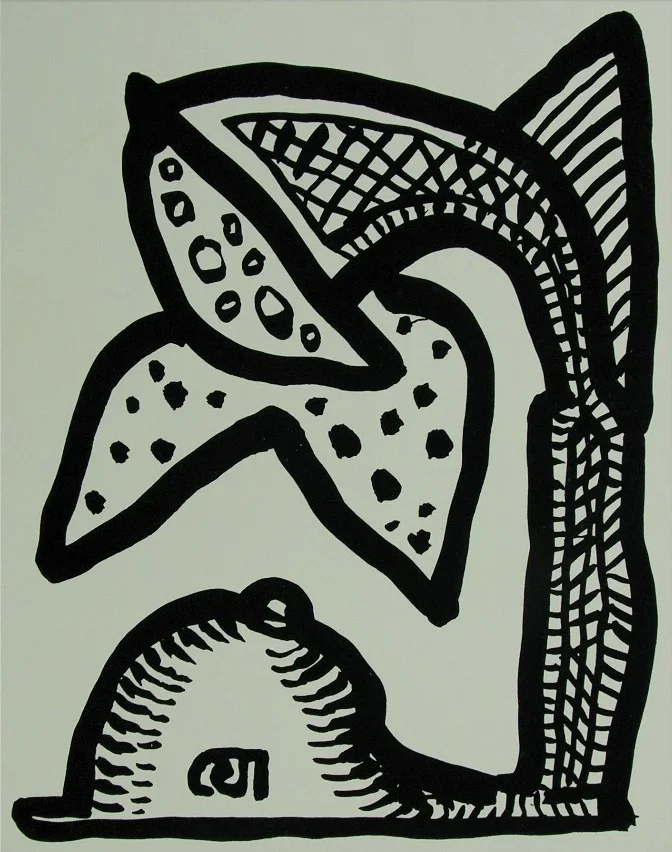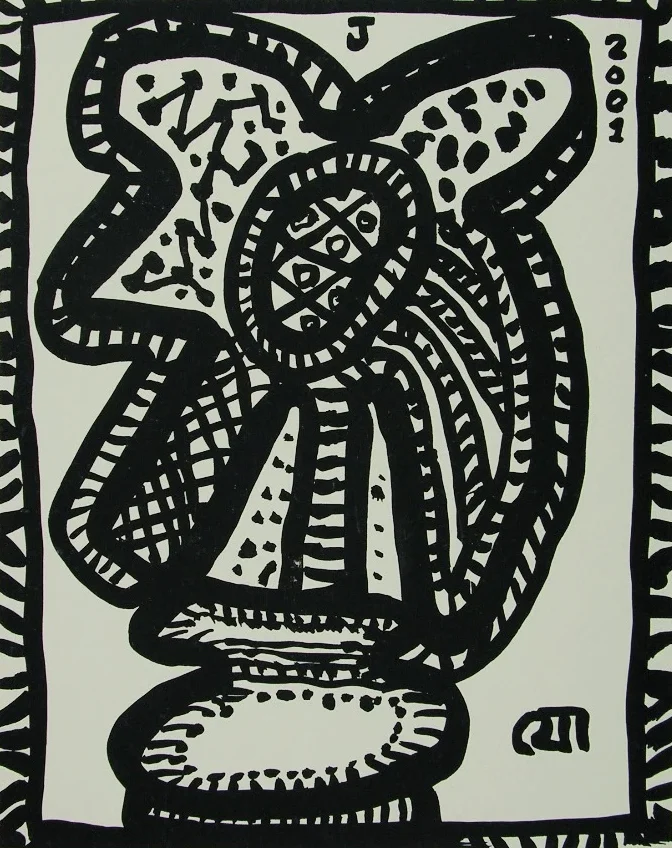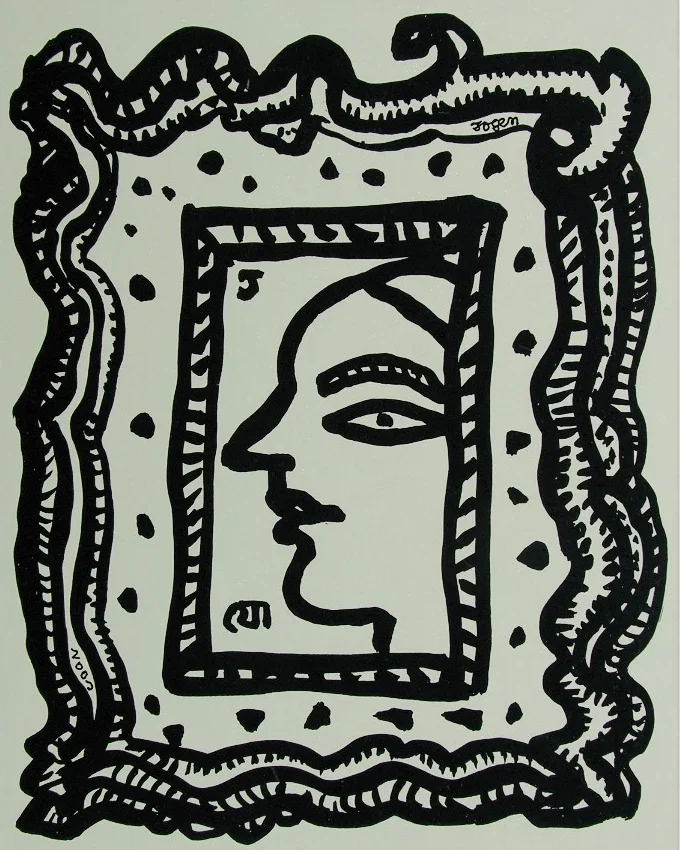About Jogen Chowdhury
Jogen Chowdhury, born on February 19, 1939, in Daharpara Village, Faridpur Bengal Presidency, British India, is a renowned Indian painter known for his significant contributions to contemporary Indian art. He currently lives and works in Santiniketan. Chowdhury graduated from the Government College of Art & Craft in Kolkata and later studied at École nationale supérieure des Beaux-Arts in Paris in 1967.
Chowdhury developed his unique style upon returning from Paris, making a name for himself with his masterful use of lines. His famous works are created using ink, watercolor, pastel, and sometimes oil paints. He uses lines to enhance colors and carefully distorts forms to give his figures a caricature-like quality. His art primarily focuses on human figures, which convey his artistic expressions, while colors add substance to the forms.
Art critic R. Siva Kumar has praised Jogen Chowdhury's art for its deep connection to nature and the environment. He explains that Chowdhury's work projects sensory experiences onto objects and human bodies, creating a strange and unique world. This world is filled with personal meanings and symbolic ambiguity. Chowdhury's figures combine decorative elements with expressive distortions, giving them a sensual and suggestive quality.
Jogen Chowdhury's early life was deeply influenced by his artistic parents. His father, Pramatha Nath Chowdhury, was a Brahmin Zamindar interested in Hindu mythology, painting mythological scenes, and sculpting deities. His mother was skilled in Alpana drawings. The family moved to Calcutta just before the partition, where Jogen painted his first artwork on a wall.
In 1951, the family relocated to Saheednagar Colony in Dhakuria. Chowdhury joined the Government College of Art & Craft, Kolkata in 1955 and graduated in 1960. He began his career as an art teacher at Howrah Zilla School and later worked as a designer for the Handloom Board in Calcutta.
Throughout his career, Jogen Chowdhury has received numerous awards and honors, including the Prix le France de la Jeune Peinture in Paris (1966), an award at the 2nd Biennale of Havana, Cuba (1986), and the International Print Biennale in Bhopal (1995). He was honored with the prestigious Kalidas Samman by the Government of Madhya Pradesh in 2001, an honorary D.Litt. by Rabindra Bharati University in 2010, the Banga Bibhushan award by the Government of West Bengal in 2012, and the Zainul Samman by Dhaka University, Bangladesh in 2016.








